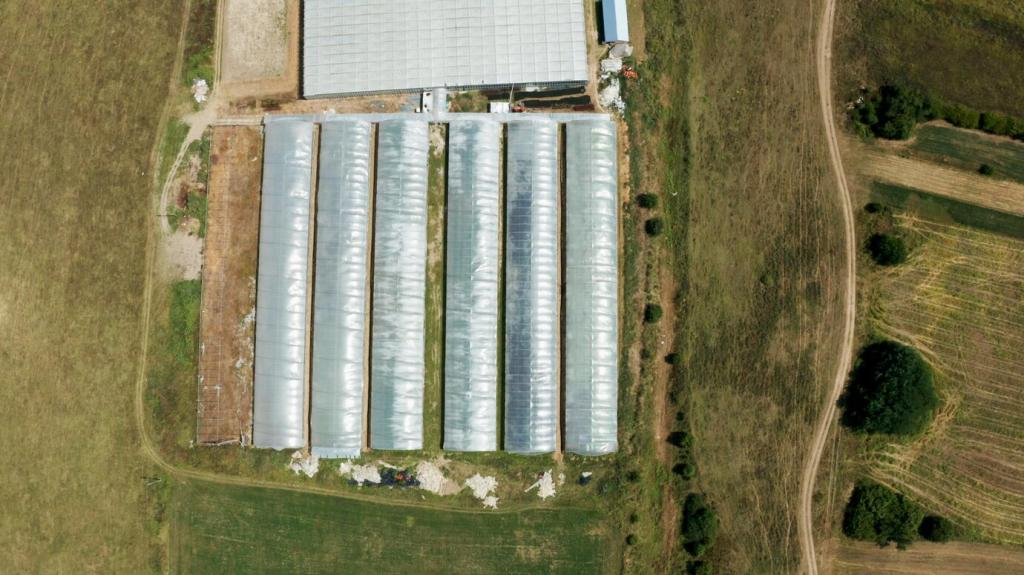Smarter Equipment, Sharper Savings
IE3 and IE4 motors paired with variable speed drives match output to real demand, slashing idle losses. Plan replacements as motors fail to avoid downtime. Keep a short list of candidates by horsepower and runtime. Have you mapped your biggest constant-speed offenders? Share your shortlist and we can help prioritize.
Smarter Equipment, Sharper Savings
Treat compressed air like a precious utility, not free power. Set pressure as low as reliably possible, fix leaks, use storage, and eliminate open-blow uses. Install flow meters to catch drift. We love hearing leak-hunt stories: how much did your last audit find, and which fix saved the most?











